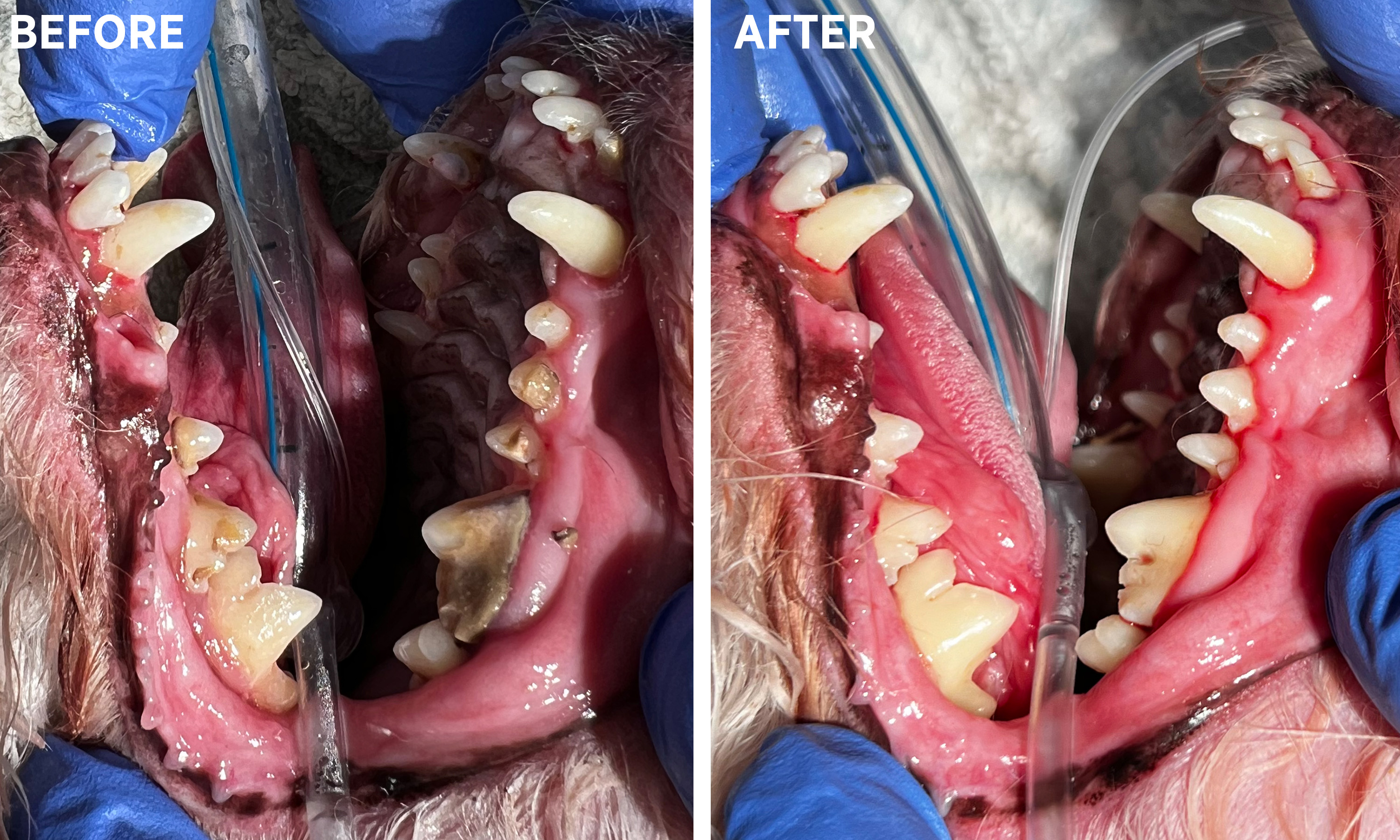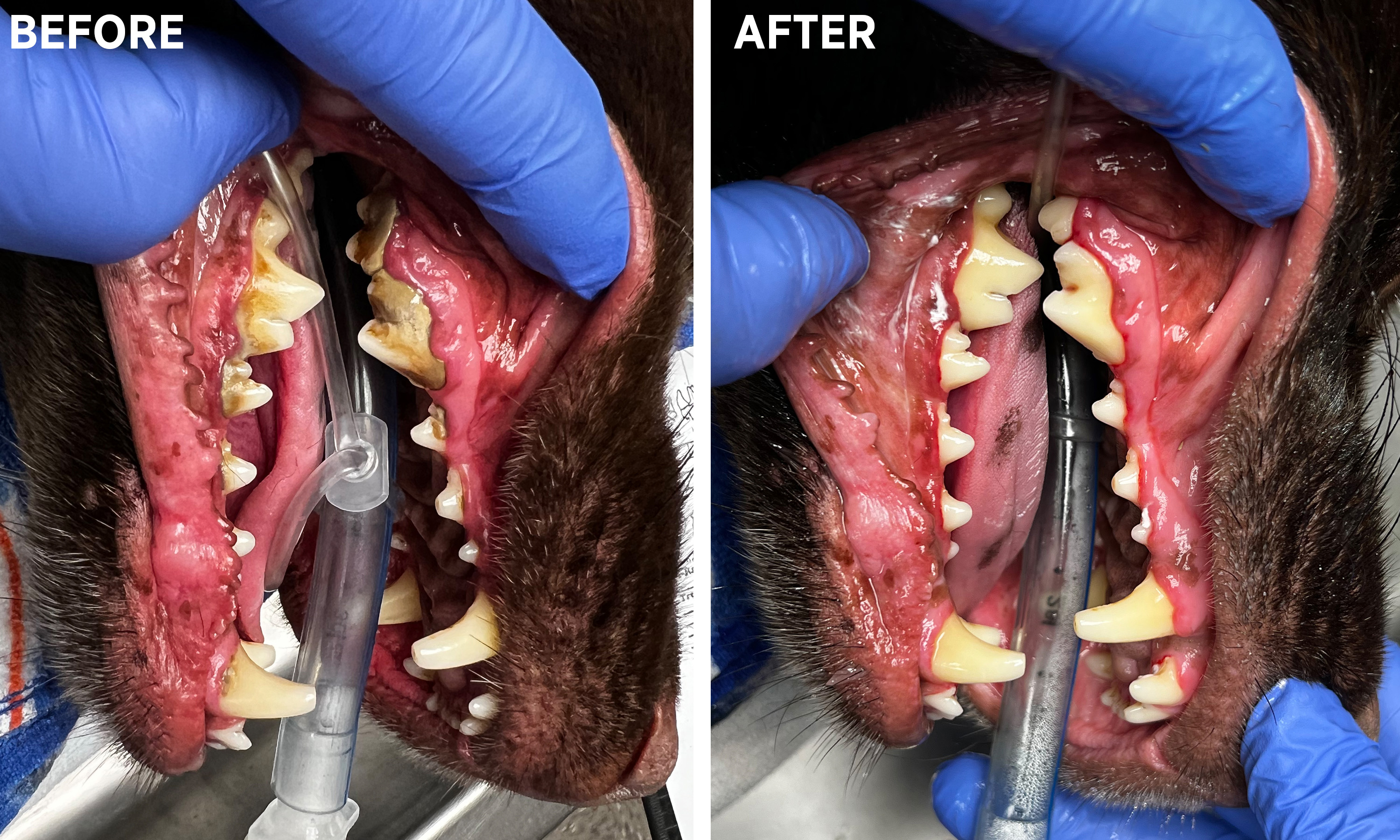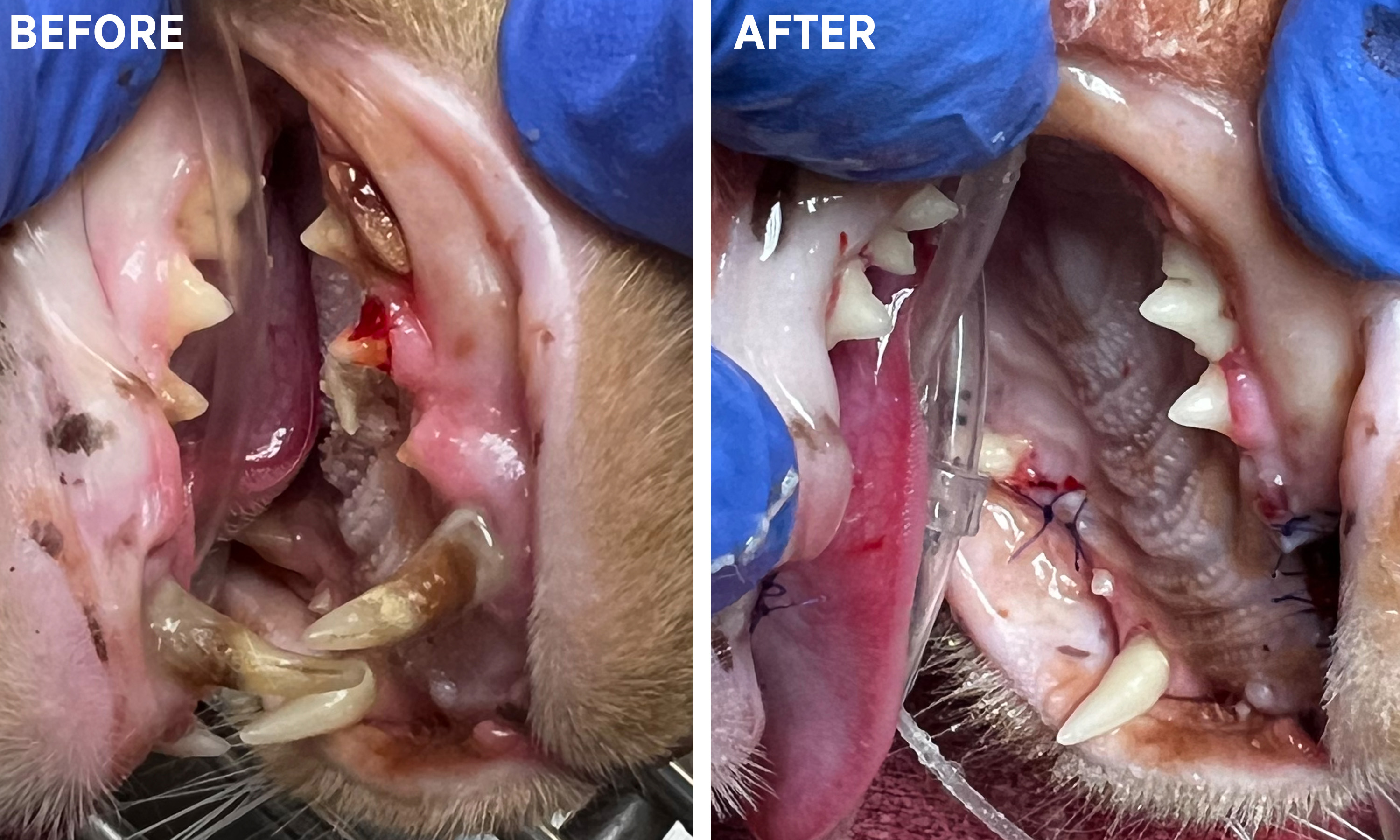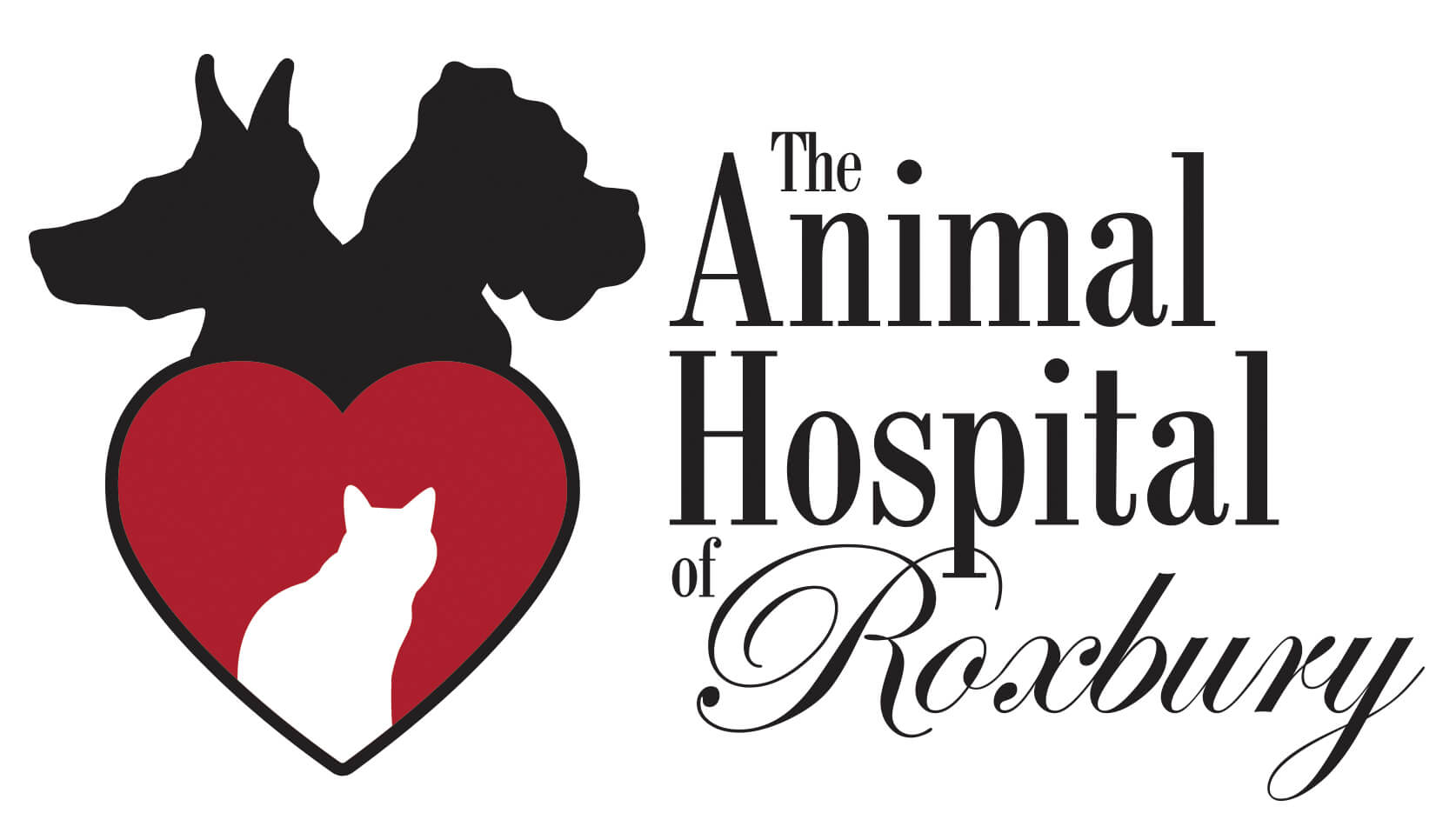Dental disease is one of the most common health issues in pets, affecting both dogs and cats. It primarily involves plaque and tartar buildup, leading to gum inflammation, infection, tooth decay, and even systemic health problems if left untreated. Proper dental care is essential for maintaining your pet’s overall health and well-being.
Common Dental Diseases in Pets
- Periodontal Disease – A progressive infection that affects the gums and supporting structures of the teeth. It is the most prevalent dental condition in pets.
- Gingivitis – Inflammation of the gums due to plaque buildup, which can progress to periodontal disease if untreated.
- Tooth Resorption (Cats) – A painful condition where the tooth structure breaks down over time, commonly seen in felines.
- Broken or Fractured Teeth – Can occur from chewing on hard objects or trauma.
- Stomatitis (Cats) – A severe and painful inflammation of the soft tissues in the mouth, often requiring medical intervention.
Causes of Dental Disease
- Poor Oral Hygiene – Lack of regular brushing and professional cleanings.
- Plaque and Tartar Buildup – Bacteria in the mouth combine with food particles, leading to plaque, which hardens into tartar.
- Genetics – Certain breeds, such as small dog breeds and purebred cats, are more prone to dental problems.
- Chewing Habits – Chewing on hard toys, bones, or other objects can lead to tooth fractures.
- Underlying Health Conditions – Diseases like diabetes and kidney disease can worsen dental health.
Symptoms of Dental Disease
- Bad Breath (Halitosis) – A persistent foul odor from the mouth is often the first sign of dental disease.
- Red, Swollen, or Bleeding Gums – Indicate gingivitis or periodontal disease.
- Tartar Buildup on Teeth – Yellow or brown discoloration on the teeth, leading to infection.
- Excessive Drooling – Can be a sign of oral pain or infection.
- Difficulty Eating or Chewing – Pets may drop food, chew on one side, or avoid hard foods.
- Pawing at the Mouth or Rubbing the Face – A sign of discomfort or pain.
- Loose or Missing Teeth – Advanced periodontal disease can result in tooth loss.
- Weight Loss or Decreased Appetite – Pets may eat less if eating is painful.
Prevention of Dental Disease
- Regular Brushing – Use pet-safe toothbrushes and toothpaste to clean your pet’s teeth daily or at least several times a week.
- Routine Professional Cleanings – Schedule regular dental checkups and cleanings with your veterinarian.
- Dental Chews and Toys – Provide approved dental treats and toys to help reduce plaque and tartar buildup.
- Healthy Diet – Feed your pet a balanced diet, including kibble designed for dental health.
- Water Additives and Oral Rinses – Use veterinary-approved additives to promote oral hygiene.
Recommended Dental Care Products
- Toothbrushes & Toothpaste – Look for enzymatic pet-safe toothpaste and soft-bristle brushes.
- Dental Chews – Choose vet-approved chews designed to promote dental health.
- Water Additives – Helps reduce plaque and freshen breath.
- Dental Diets – Specialized dry food designed to clean teeth while chewing.
- Oral Sprays & Gels – Help reduce bacteria and freshen breath.
By taking proactive steps in your pet’s dental care, you can prevent serious health issues and ensure a happy, healthy life for your furry companion. If you have concerns about your pet’s dental health, book an appointment for personalized advice and treatment options.



